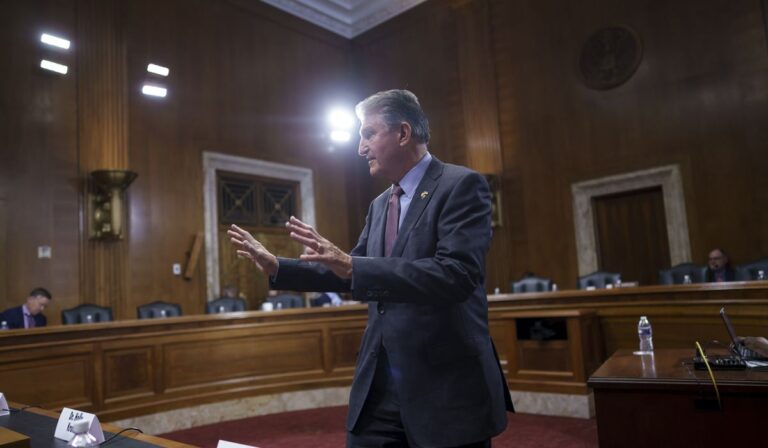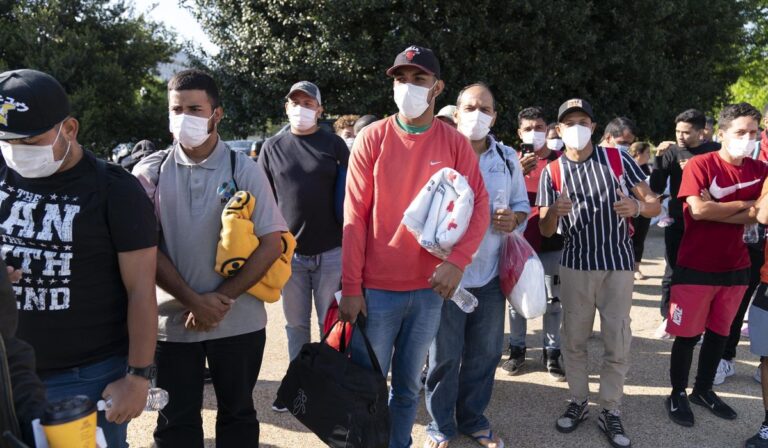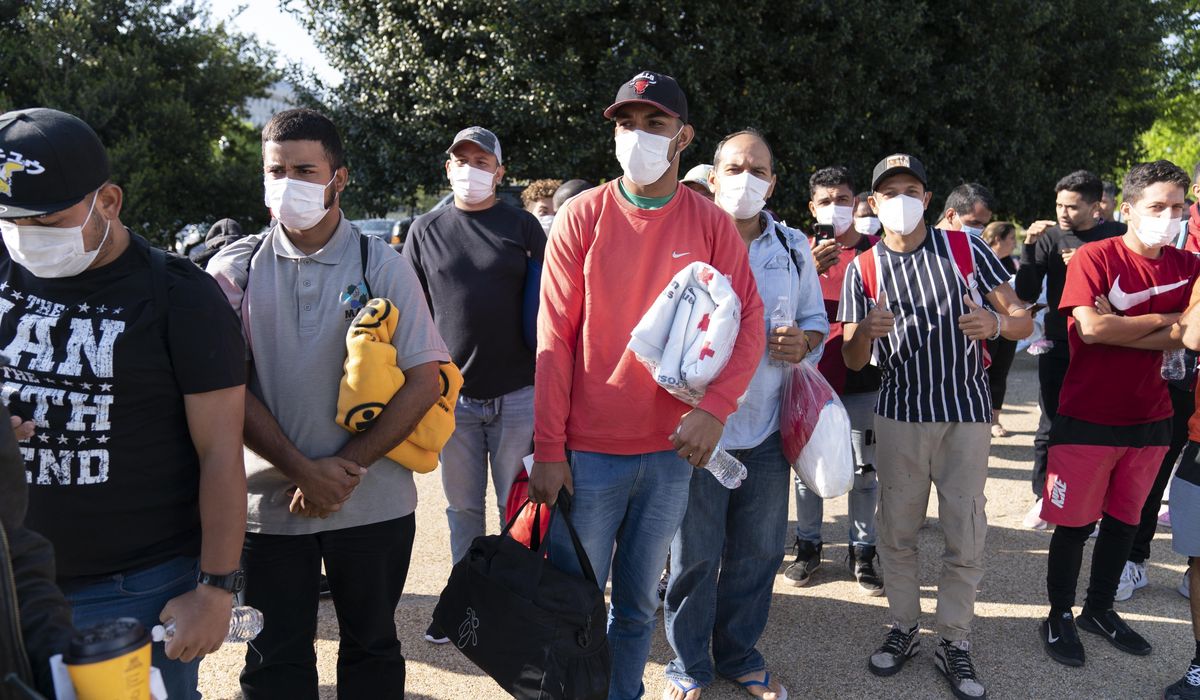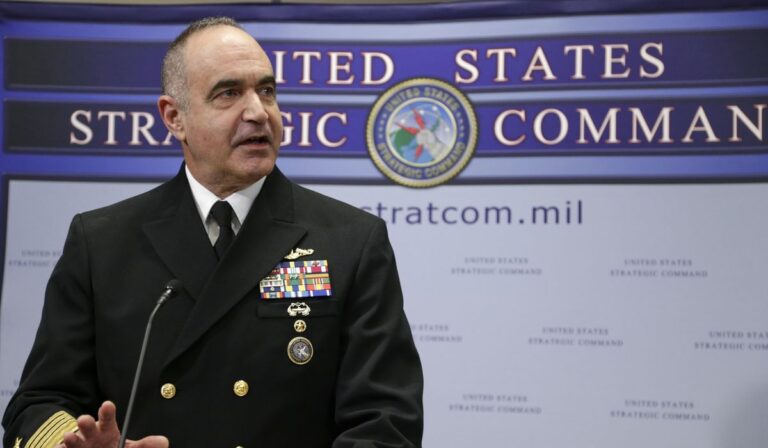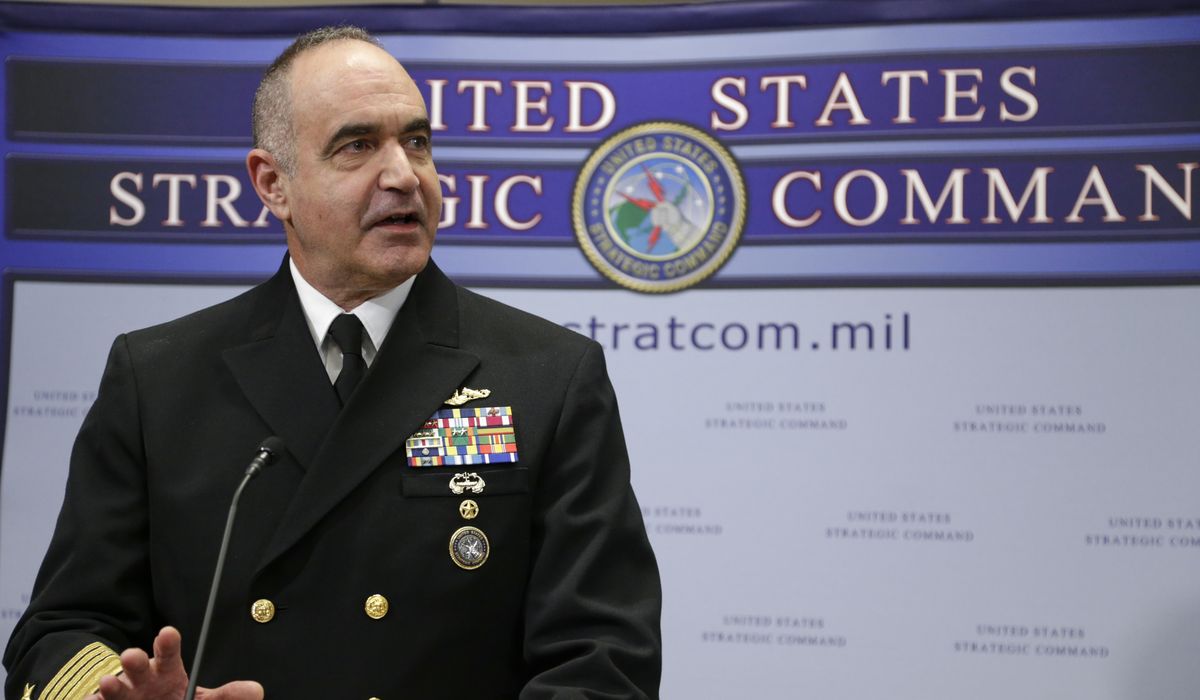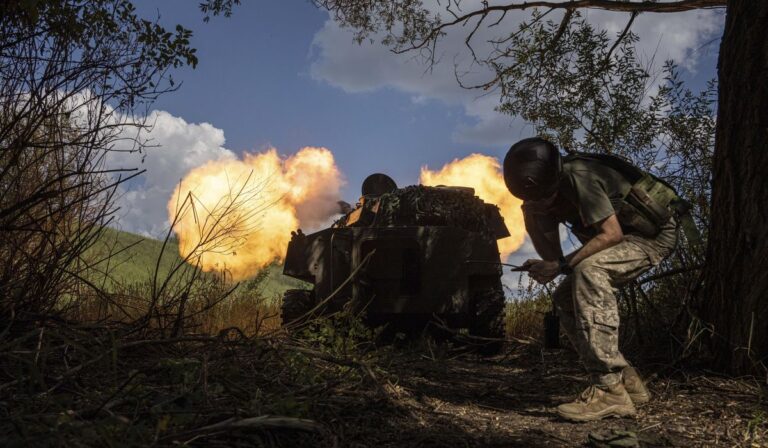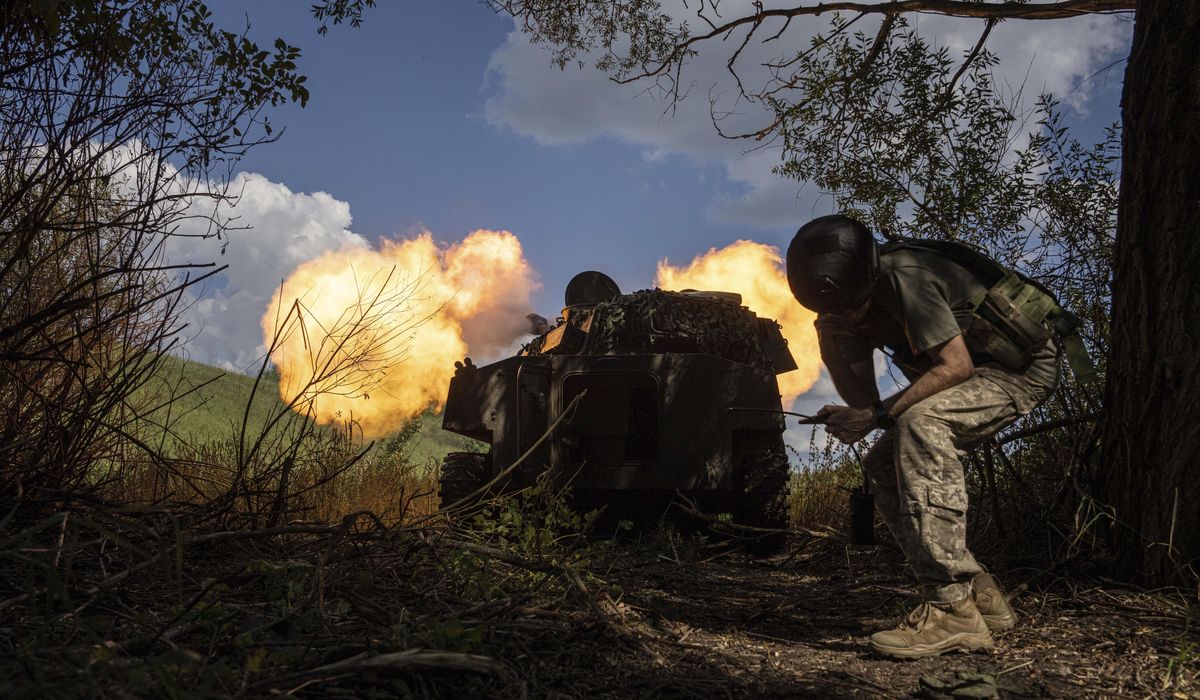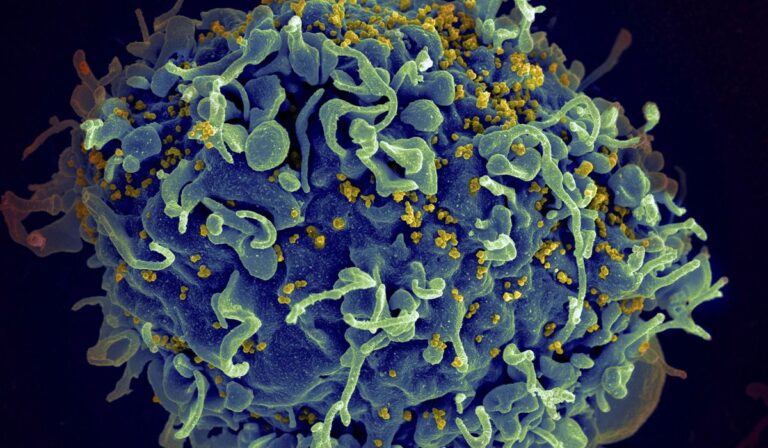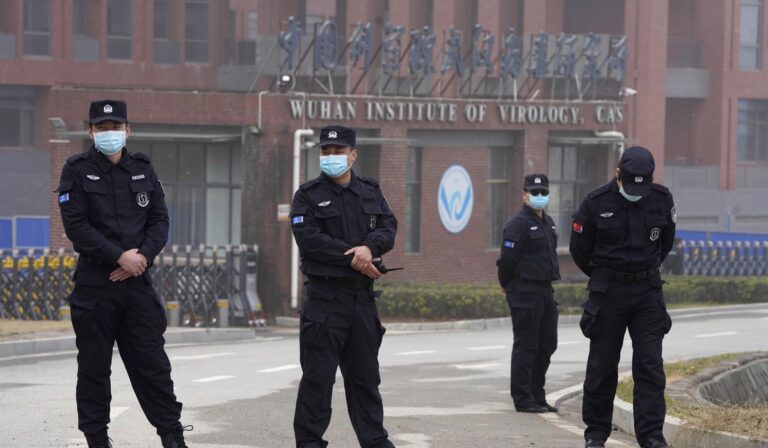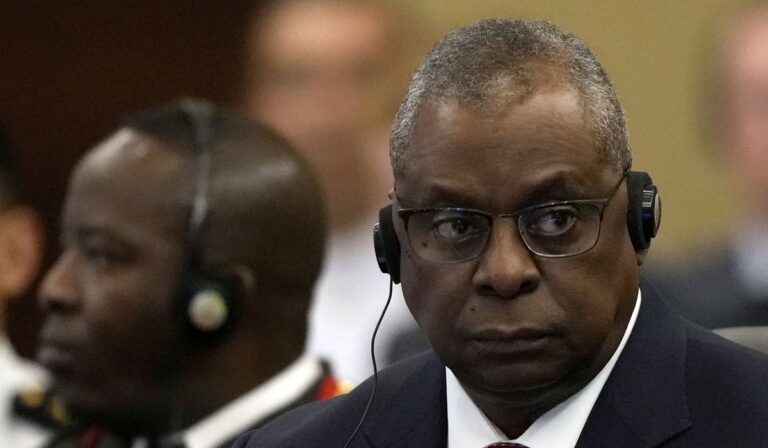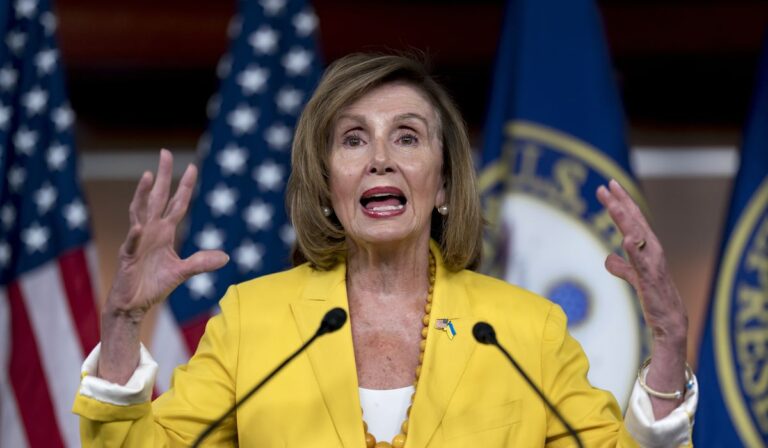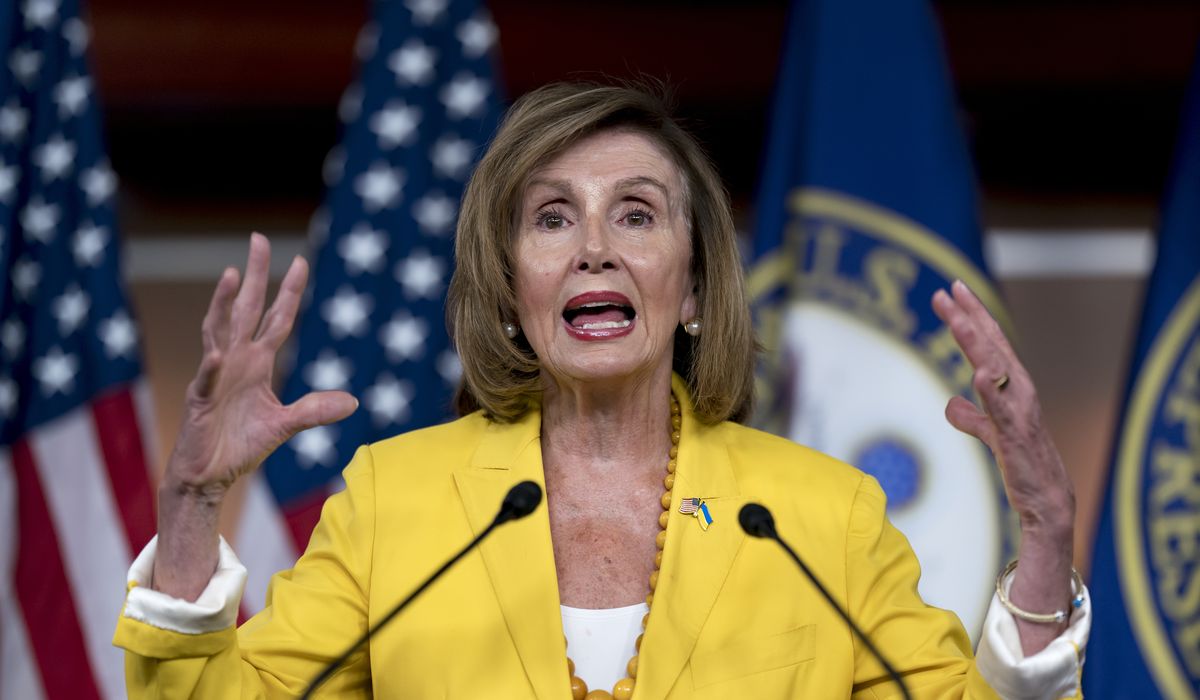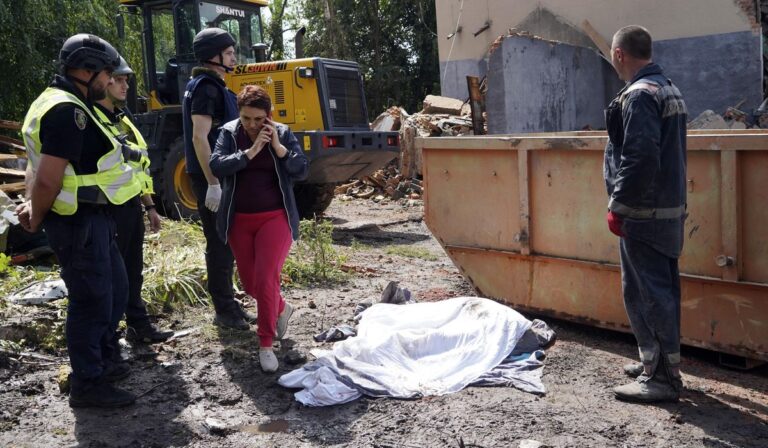
Sen. Joe Manchin III came out swinging against GOP critics Thursday who accused him of going back on his word by agreeing to tax increases and spending on climate and health care, despite recession and inflation fears.
The centrist Democrat from West Virginia opposed similar proposals just a few weeks ago.
Mr. Manchin rejected the criticism that it was a “job-killing” tax-and-spend spree, as conservatives describe it.
“This is not a Democrat bill. It’s not a Republican bill. This is an American bill,” he said. “I didn’t do it to help the Democratic Party. I didn’t do it to hurt the Republican Party. I did it because I think in normal times, both parties would have come together on something.”
Senate Republicans — whom Mr. Manchin said he regarded as “good friends of mine” — eviscerated him.
“I can only speak for this senator when I say this betrayal is an absolute declaration of political warfare,” said Sen. John Cornyn, Texas Republican. “To look you in the eye and tell you one thing and to do another is absolutely unforgivable.”
SEE ALSO: Biden boasts ‘giant step forward’ for America from Democrats’ new tax-and-spend bill
Senate Democrats said the package, which they plan to ram through the chamber in a party-line vote, would raise $739 billion over the decade in new revenue, including $313 billion from a 15% corporate minimum tax. They said that would affect around 200 of the country’s largest corporations, with profits exceeding $1 billion, that currently pay under the current 21% corporate rate.
Conservatives resurrected video footage of President Obama in 2009 warning against raising taxes during a recession, taunting President Biden and Democrats’ tax plans as the U.S. economy posted its second consecutive quarter of negative growth, a key indicator of a recession.
“The last thing you want to do is raise taxes in the middle of a recession because that would just suck up — take more demand out of the economy and put businesses in a further hole,” Mr. Obama said in the clip.
Mr. Biden spun the bleak numbers by pointing to a low unemployment rate and a steady stream of new jobs. But inflation hit a 41-year-high in June.
The new $433 billion in spending, including nearly $370 billion for climate and energy over the next decade, will be offset by the new revenue, primarily from the new corporate taxes, allowing Medicare to negotiate lower prescription drug prices and closing tax loopholes, Democrats said.
By those estimates, the legislation would reduce the deficit by $300 billion over 10 years.
Republicans aren’t buying it.
“Democrats have outlined a giant package of huge new job-killing tax hikes, Green New Deal craziness that will kill American energy and prescription drug socialism that will leave us with fewer new life-saving medicines,” said Senate Minority Leader Mitch McConnell, Kentucky Republican.
Mr. Manchin shot back at critics.
“If someone’s upset they weren’t paying anything, please come forward. Tell us why you were able to have this great country protect you and give you these opportunities and you don’t have to pay anything into it and think that was fair,” he said.
The Senate could try to pass the measure as early as next week if all 50 Democrats can make it onto the floor to vote. Positive COVID-19 cases have regularly resulted in absences. Majority Whip Dick Durbin, Illinois Democrat, was the latest member to test positive Thursday.
Sen. Kirsten Sinema, Arizona Democrat, also is a wild card. She raised objections in the past to tax hikes and has kept mum on the new Manchin deal.

